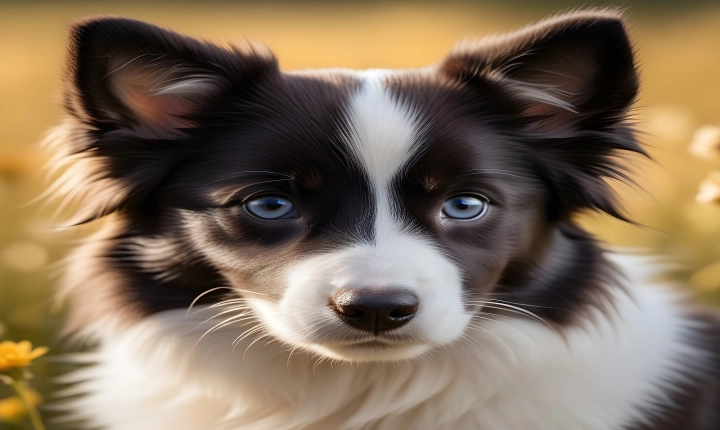Copyright and artificial intelligence (AI) art have become a topic of great debate in the art world. As AI continues to evolve, the question of who holds the rights to AI-generated artwork has become increasingly complex. The intersection of creativity and technology raises fundamental questions about ownership and authorship in the realm of art.
AI art involves the use of algorithms and machine learning to create original works of art. These works can range from paintings and sculptures to digital installations and music compositions. The process involves training AI models on vast amounts of data to learn artistic styles and techniques, which can then be used to generate new and unique pieces of art.
One of the key issues surrounding AI-generated art is the question of authorship. Traditional copyright law is based on the concept of “originality,” which attributes authorship to the human creator of a work. However, in the case of AI art, the lines of authorship become blurred. The artwork is created by the AI system based on its learned patterns and styles, raising the question of whether the AI itself can be considered the author of the work.
In some cases, the AI art is a collaborative effort between the AI system and a human artist who provides input and guidance. In these situations, determining ownership and rights becomes even more perplexing. Questions arise as to whether the human artist, the programmer who developed the AI system, or the AI system itself should hold the copyright to the artwork.
The legal implications of AI art and copyright have yet to be fully defined. The current copyright framework was not designed to address the complexities of AI-generated creations. As a result, there is a lack of clear guidance on how to assign ownership, protect rights, and regulate the use of AI-generated artworks.
One potential approach to addressing copyright concerns in AI art is to establish new guidelines and regulations specific to this emerging field. These guidelines could outline how ownership is determined when AI systems are involved in the creative process, as well as how the rights to AI-generated art should be managed and protected.
Another consideration is the potential for AI-generated art to challenge the traditional notions of creativity and authorship. The ability of AI systems to produce art raises philosophical questions about the nature of creativity and the role of human agency in the artistic process. These questions extend beyond copyright law and delve into the realms of ethics, aesthetics, and the nature of art itself.
Despite the legal and ethical challenges surrounding AI art and copyright, this emerging field also presents new opportunities for creativity and innovation. AI has the potential to expand the boundaries of artistic expression, enabling artists and creators to explore new forms and styles that were previously inaccessible.
In conclusion, the intersection of AI art and copyright presents a complex and evolving landscape that raises important questions about authorship, ownership, and the nature of creativity. As AI technology continues to advance, it is imperative for legal frameworks to adapt and provide clear guidelines for protecting the rights of AI-generated artworks while also fostering innovation and artistic expression. Building a sustainable and equitable framework for AI art in the digital age will require collaboration between artists, technologists, legal experts, and policymakers to navigate these complex and multifaceted issues.
